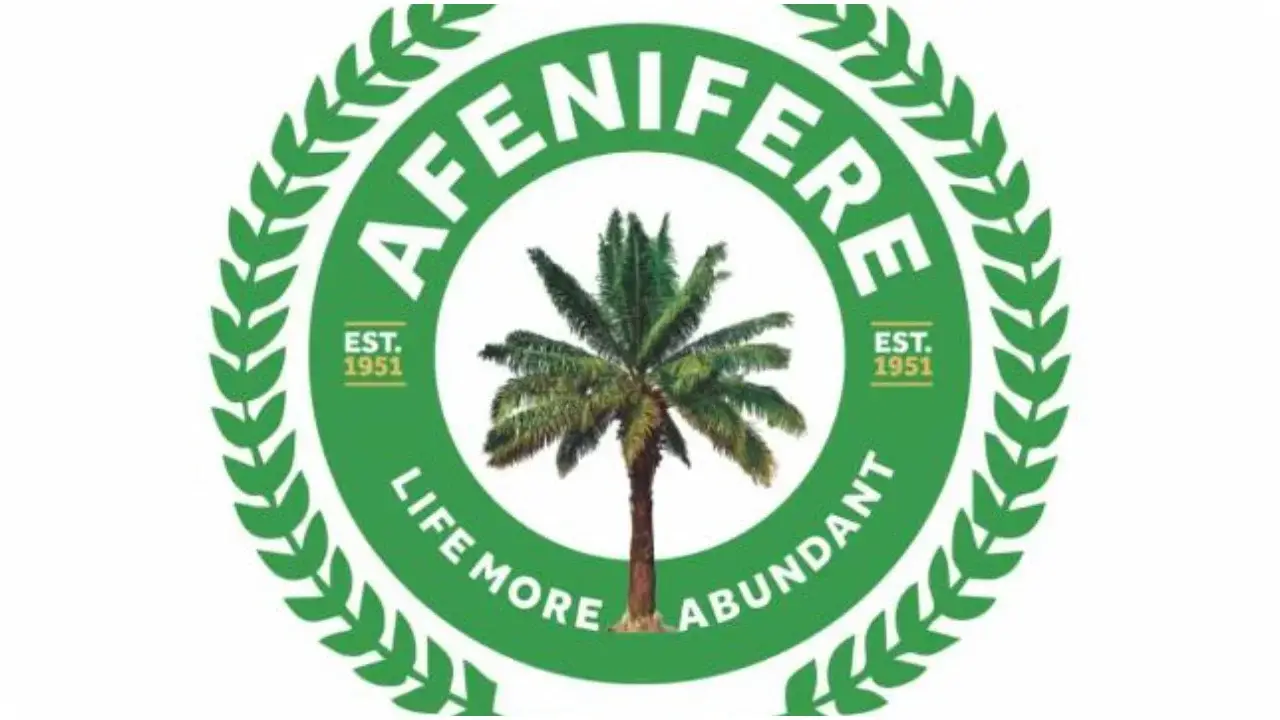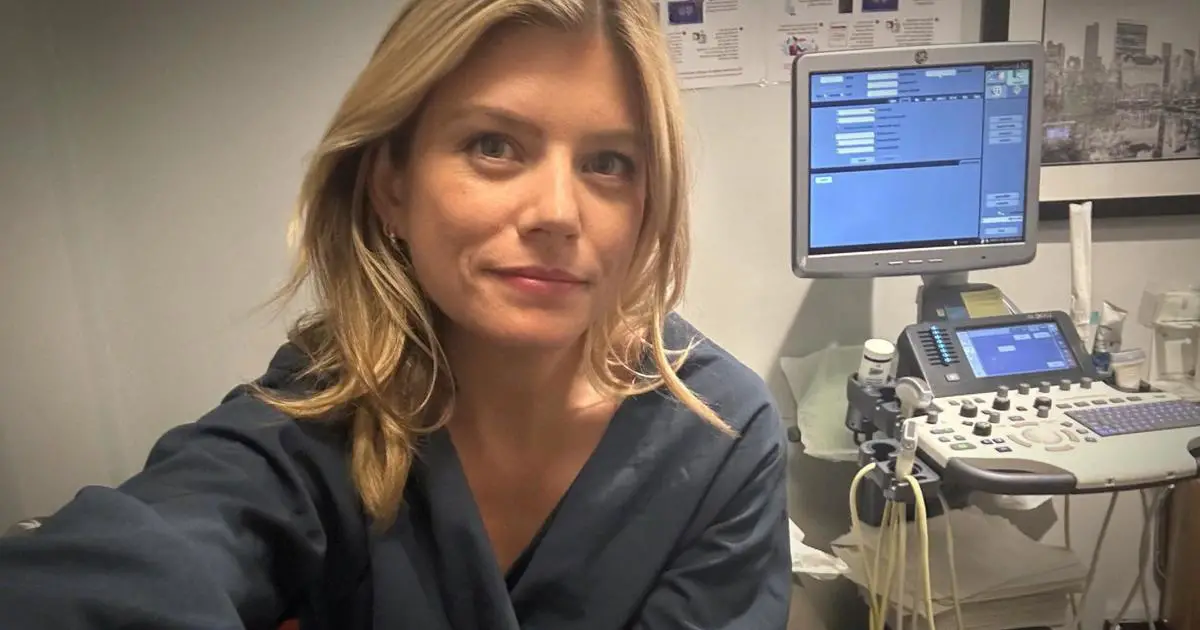It’s a relief to lay my rucksack down, plunge hot feet into the cool stream and pause to revel in the fairytale surrounds. Foxgloves stand tall against a cornflower-blue sky, ferns look almost luminous, the water glints in the early summer sunshine. A patch of moss-covered ancient forest provides shade, a cuckoo calls in the distance, mountains layer on the horizon.
I’m in Knoydart in the Highlands of western Scotland, one of the last great wildernesses in the UK, on a hiking and wild camping adventure. No roads cross the 22,000-hectare (55,000-acres) peninsula, a rugged place where a trio of Munros soar skyward, sandwiched between sea lochs Nevis and Hourn (poetically translated as heaven and hell). Over five days our group of eight will explore this land on foot, carrying our sustenance and shelter on our backs, led by two guides from The Living Project, Josh and Emily.
The rest of the world feels very far away as we linger over lunch before continuing to Barrisdale Bay farther north. Today’s hike is about eight miles over undulating terrain. An old drover’s way leads up past a loch where Highland cattle drink and we climb a 450-metre pass before descending to the coast once more. We take our time, stopping often, sometimes chatting, sometimes walking in silence. The going gets tough at points, packs feel heavy, but a sense of freedom, a revelling in the remoteness, trumps any fatigue.
Set up in 2019 by Josh Bulpin and Cormac Davey (former colleagues at World Challenge Expeditions), the Living Project offers “mindful adventures in wild places,” with trips ranging from women-only weekends in Snowdonia to weeks in Nepal. The emphasis is on connecting to nature, not epic feats of endurance, with yoga, meditation and journal writing woven into our days.
“We combine adventure and wellbeing, giving people the chance to challenge themselves, but focus very much on the journey and moving slowly through the landscape,” says Josh. “It’s not about racing up summits.”
Our trip began two days earlier in Fort William, where we’re encouraged to ditch any excess luggage. Most equipment, from tents to cooking utensils, as well as food (fresh and dried) is provided. While you don’t need experience, with packs weighing upwards of 15kg and several hours walking a day on the itinerary, a decent level of fitness is advised. Our group consists of four guys celebrating a 40th birthday, and three women and a man, ranging from mid-30s to early 60s, travelling solo. For many of us, it’s a first multi-day hike.
Wild camping is permitted in Scotland and you could, of course, do this independently. But having everything taken care of, and knowing you’re in safe hands, makes it easy to focus on the simple challenges of hiking and the wonder of the wild surrounds.
To reach Knoydart we take a train to Mallaig from Fort William – crosssing Harry Potter-famed Glenfinnan viaduct – then a ferry across to Inverie, the only settlement on the peninsula, home to around 120 people. After pitching tents on the shore at Long Beach, where mirror-flat water reflects the pinks and blues of the sky, we walk to the Lookout seafood restaurant for dinner.
The next day dawns clear and bright for the hike to Barrisdale. After gentle yoga on the beach, Emily shares the first daily question to ponder as we walk (“Why am I here?”), and we set off into the wilderness. Soon we pass a hilltop monument to the notorious former landowner and Nazi sympathiser Lord Brocket; today much of Knoydart is community-owned after a buyout in 1999.
Our camp for the night is next to the bothy at Barrisdale Bay. We wash in the river and prepare dinner alfresco, chopping fresh veg and halloumi as the setting sun washes everything gold.
Our trip coincides with a heatwave in Scotland – and routes are always adapted to suit the weather and group needs. So, given soaring temperatures, we spend the next day exploring locally, pack-free, instead of moving on. Maps are pored over and soon Josh and Emily have a plan – a path neither of them have walked before.
We wind our way up the hillside, rising to open views over Loch Hourn. Further on we’re delighted to discover a series of waterfalls and plunge pools and spend a magical couple of hours clambering over rocks and dipping into crystal waters – a welcome respite from the heat. A thunderstorm soaks us on the hike home, its sudden power adding to the wildness of the day. That evening we cook in the bothy kitchen – an escape from the rain and the midges which plague us at sunset and sunrise (it’s June and the weather has made it a bumper midge year).
The next morning we pack up early and head off, slowly climbing again into the hills. The landscape is staggering – and there’s no one else around. A small creature stares at me from the valley below as I stop to rest – a pine marten perhaps? Buzzards ride air thermals in the sky above. Thoughts fall away as I focus on the feeling of the sun on my face and the utter peace of the mountains.
Our final wild camp is by a loch and we paddle out through mud and reeds for a swim in silky waters. I pitch my tent a little way from the others on the sandy shore. Looking out across the water, I could be the only person around.
It’s with mixed emotions that we arrive back in Inverie after a short hike the next morning. There’s time for quiet contemplation on the beach before the boat back to Mallaig and the need to re-engage with the rest of the world. We’re a little dirty, midge-bitten and sunburnt, but relaxed and happy as we head back to civilisation and a hotel with hot showers and clean sheets.
A final slap-up supper together is lively and fun. But beneath the chatter and laughter, the stillness and expansive sense of the wild remains. I think back to Emily’s first question: “Why was I there?” To escape from the world for a bit, to slow down, to leap into the unknown, immersed in nature. Knoydart has provided all that and more – a rekindling of wonder and deep feeling of peace; something I want to cling on to for a long time.
The trip was provided by The Living Project. The next Wild Pilgrim trip to Knoydart (for women only) runs from 2-7 June 2024; or on 8-13 September 2024 (for all) and costs £975, including all food while camping, two restaurant meals, one night in a hotel, most equipment, ferry crossings and trains to and from Fort William.





